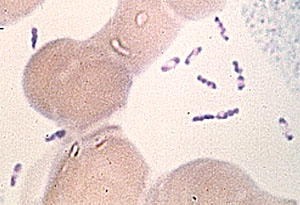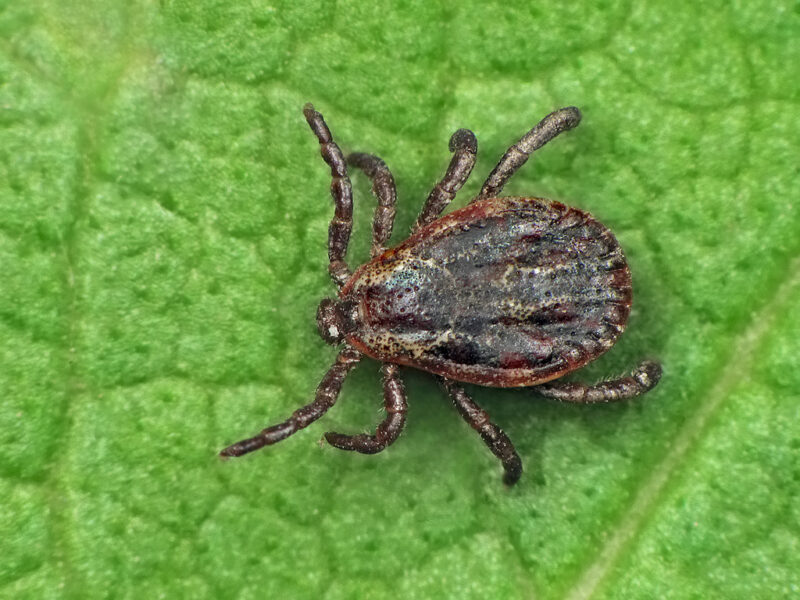As of July 14, 2015, whooping cough cases in Clark County, Washington have increased eleven-fold, resulting in health officials announcing that ‘outbreak levels’ have been reached [1]. Thus far in 2015, Clark County has reported 240 cases of whooping cough, leaving the county on track to mirror its whooping cough outbreak of 2012 [2]. In 2012, an estimated 5,000 individuals fell ill to the disease across Washington State, and this year’s statewide totals have already surpassed 860 cases [2].
About Whooping Cough
Whooping cough, also known as pertussis, is a highly contagious respiratory illness [3]. Caused by the bacteria Bordetella pertussis, the disease is transmitted person-to-person through coughing and sneezing and close contact with others [3]. Infants are at greatest risk of whooping cough infection, as they are unable to receive the vaccine until at least six months old [6].
Whooping cough infection progresses through three stages: catarrhal stage, paroxysmal stage, and convalescent stage [4]. The catarrhal stage can last one to two weeks and early symptoms include a runny nose, low-grade fever, a mild cough, and apnea [4]. The disease then progresses to the paroxysmal stage, which can last one to six weeks, and often consists of numerous and rapid coughs with the classic ‘whoop’ sound [4]. Vomiting and exhaustion due to coughing episodes can also occur during the paroxysmal stage of illness [4]. Afterwards, the disease moves on to the convalescent stage, which lasts two to three weeks and may make infected individuals more susceptible to other respiratory infections [4]. The Center for Disease Control (CDC) notes that recovery from whooping cough is gradual and residual coughing fits may still occur [4].
Treatment of whooping cough generally consists of antibiotics and early treatment of the disease is imperative in lessening infection severity, as well as in preventing further infections [5]. Treatment beyond three weeks of illness may be futile, as the bacteria is likely to have already been cleared from the body, though symptoms may remain [5].
While treatment of whooping cough is available, vaccination remains the best means of infection prevention [7]. The vaccine available for infants and children (six months and older) is called DTaP, which is a combination vaccine that protects and individual from diphtheria, tetanus, and pertussis (whooping cough) [7]. Because vaccine protection fades with time, a booster – called Tdap – is recommended for individuals of all ages, ranging from preteens to adults [7]. Practicing good hygiene – washing hands with soap and water and covering your mouth when coughing are also another recommended means of prevention for whooping cough [7].
What’s Happening Next Door
Cases of whooping cough have also increased in Oregon, with 350 cases of the disease being recorded statewide thus far in 2015 [2]. Last year, the state only recorded 400 cases of whooping cough [2]. According to the North Central Public Health District, which includes Wasco, Sherman, and Gilliam counties, most of the reported whooping cough cases have been in children between nine and ten years old [2]. The health district reports approximately 25 percent of children in the district being a few months or a few years overdue on their vaccinations [2].
However, Dr. Paul Cieslak, the medical director of the communicable disease program at Oregon Division of Public Health, suspects that the increased case counts may be, in part, a result of the current vaccine not being as effective as the vaccine used prior to the late 1990s [2]. Dr. Cieslak notes that the current vaccine has “fewer side effects but down the road may not lead to long-term immunity as the old vaccine” [2]. This could be due to the current vaccine only containing select proteins of the bacterium, whereas the former vaccine encapsulated the entire bacterium [2]. This particular complexity of the current vaccine highlights that all ages should consider the whooping cough booster, Tdap [8].
—
Sources
[2] http://www.oregonlive.com/health/index.ssf/2015/07/whooping_cough_epidemic_in_cla.html
[3] http://www.cdc.gov/pertussis/
[4] http://www.cdc.gov/pertussis/about/signs-symptoms.html
[5] http://www.cdc.gov/pertussis/about/diagnosis-treatment.html
[6] http://www.mayoclinic.org/diseases-conditions/whooping-cough/basics/risk-factors/con-20023295
[7] http://www.cdc.gov/pertussis/about/prevention/index.html
[8] http://www.cdc.gov/vaccines/hcp/vis/vis-statements/tdap.html

